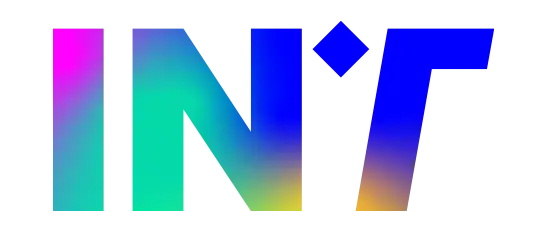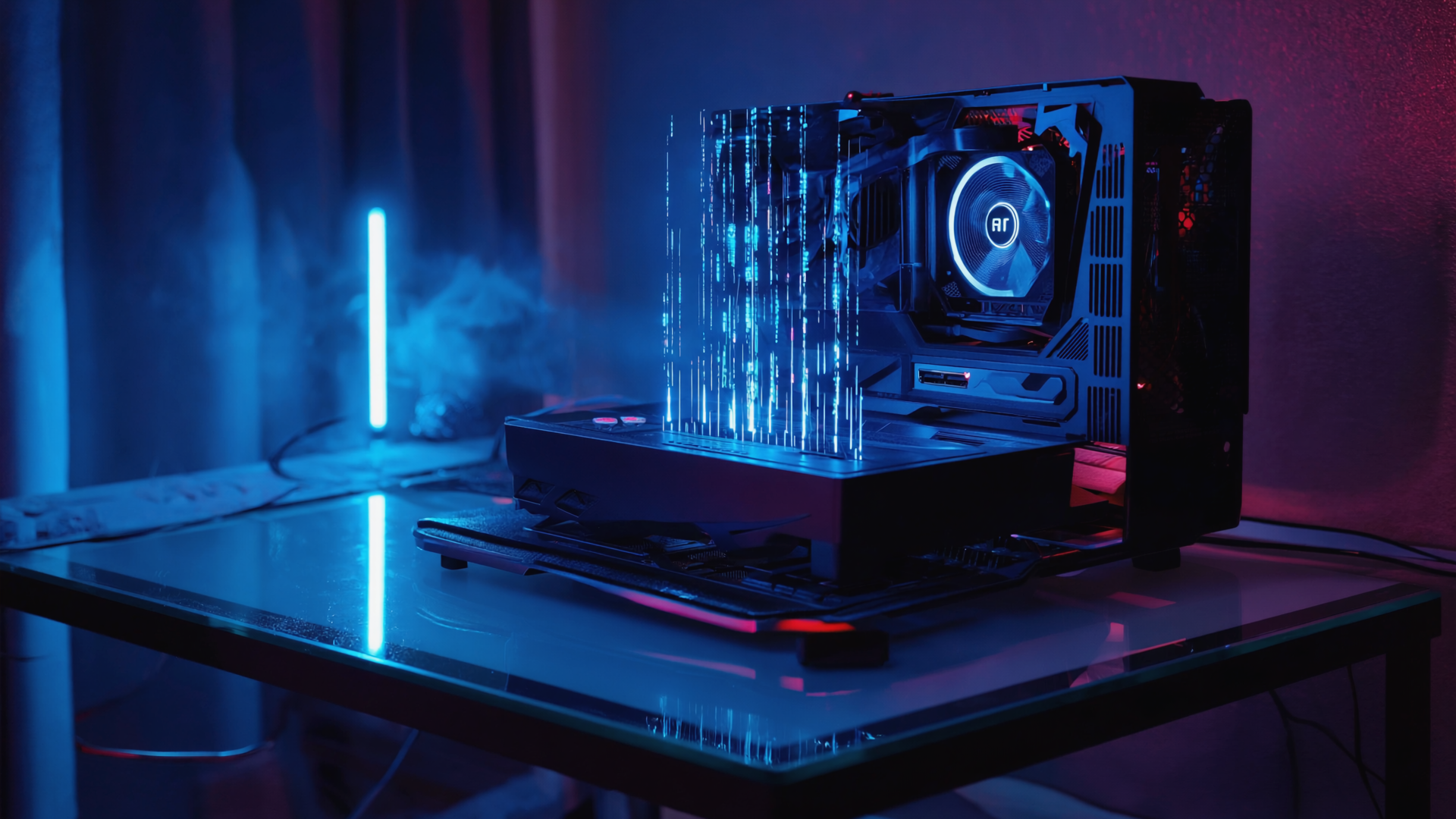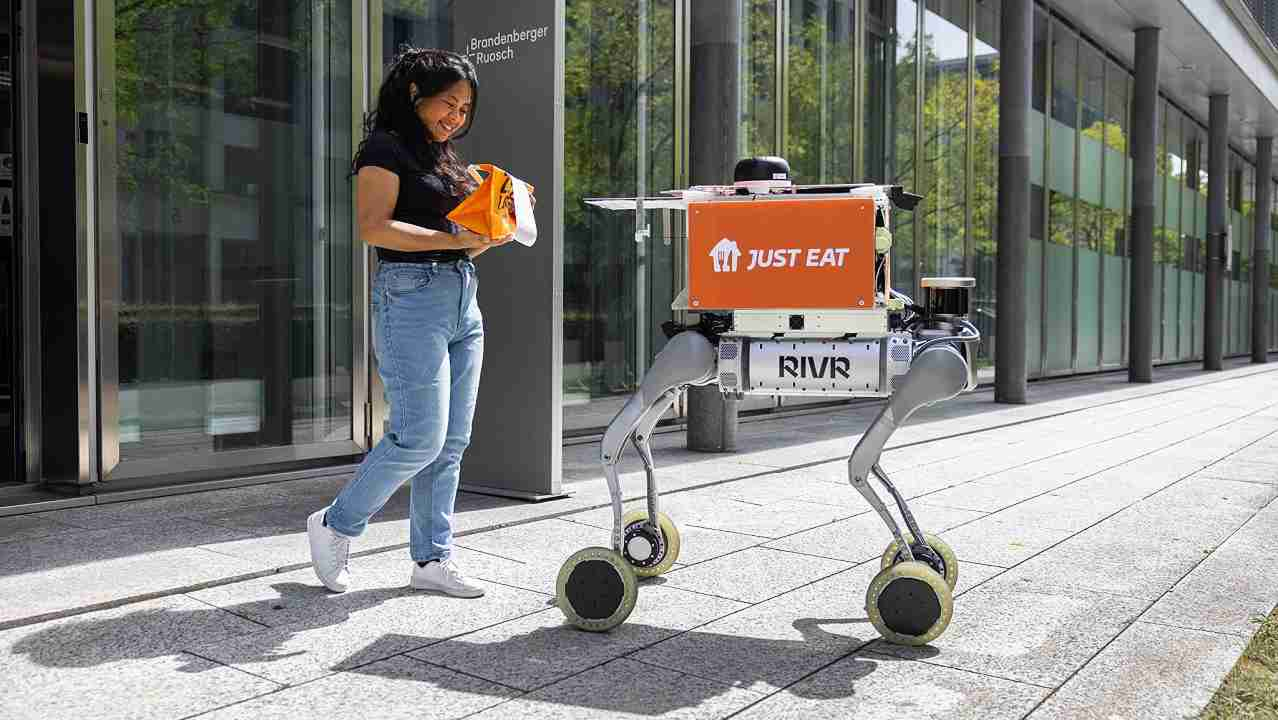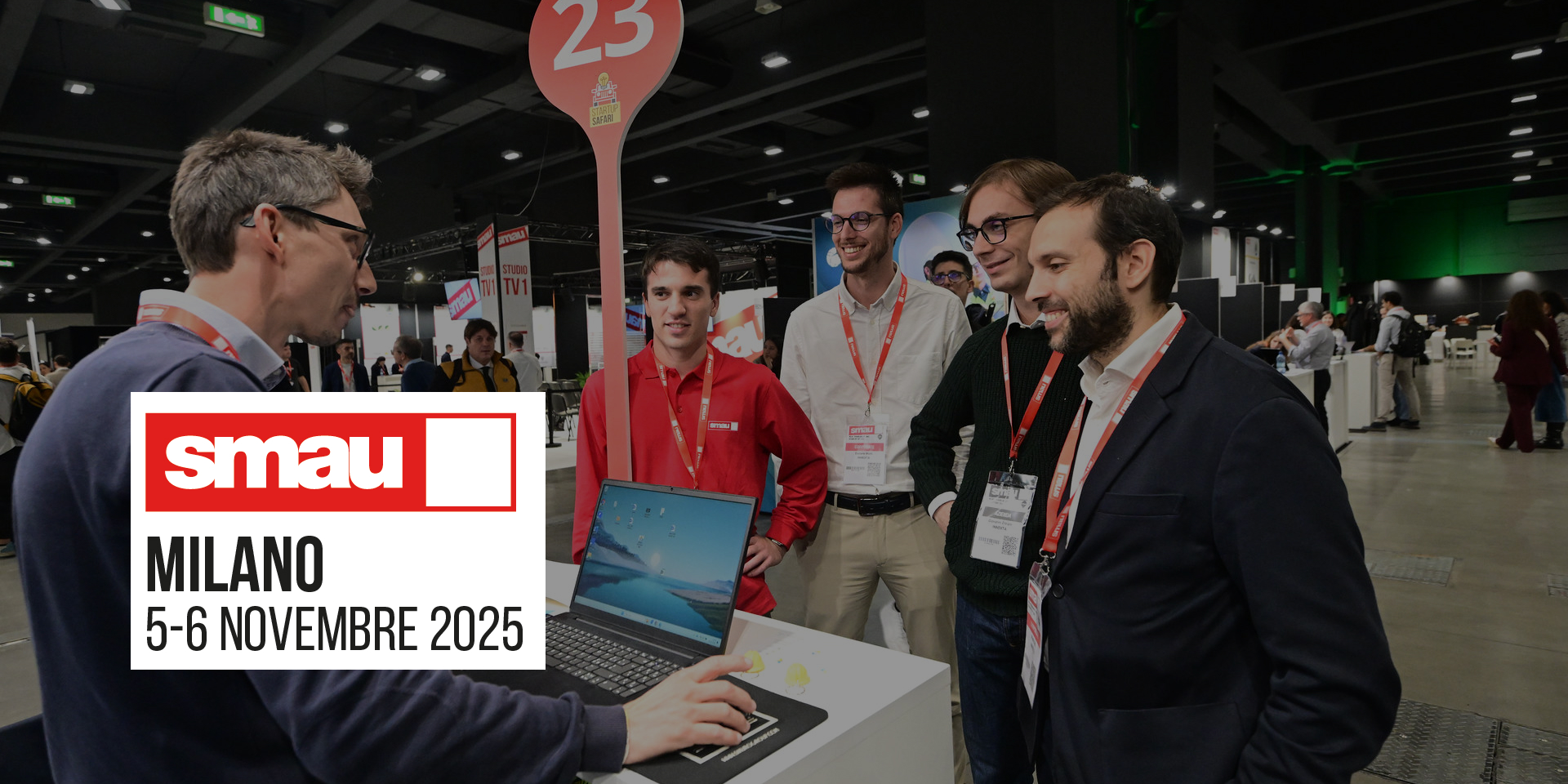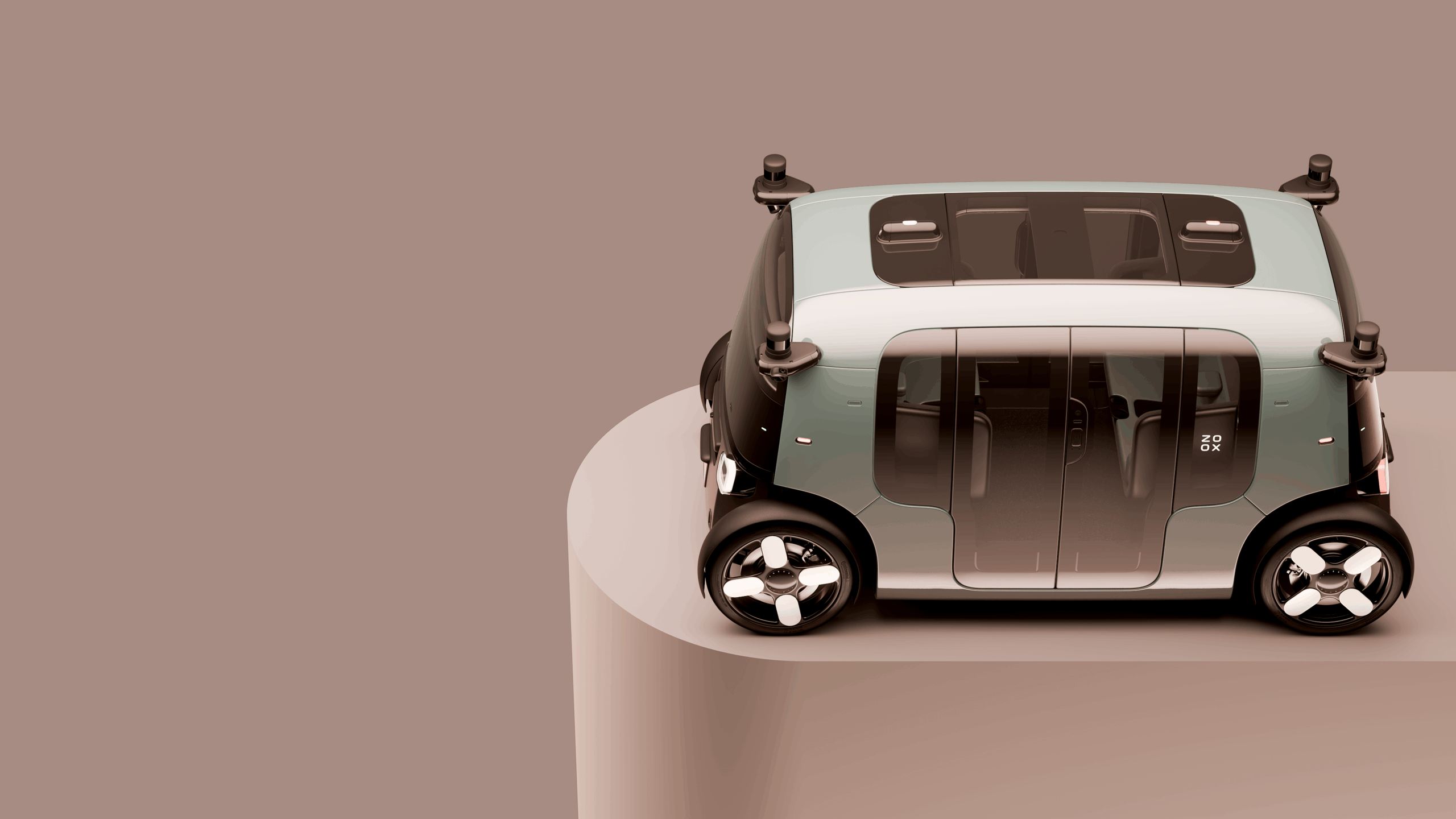What if the next technological leap allowed us to manipulate the very fabric of spacetime? This futuristic idea is emerging from the theoretical work of two European researchers: Eleftherios-Ermis Tselentis from the Polytechnic of Brussels and Ämin Baumeler from the University of Italian Switzerland in Lugano. Published in May 2025 in Physical Review A, under the title “Möbius games and other Bell tests for relativity,” their study lays the groundwork for designing a Relativistic Computer. This revolutionary technology aims to harness gravitational fields and spacetime distortions to encode and process information.
Unifying General Relativity and Information Science
The core of Tselentis and Baumeler’s research lies in Einstein‘s central concept of General Relativity, which views spacetime as a plastic entity, capable of being curved in the presence of mass and energy. Building on this theory, they sought to develop a theoretical model that acts as a curvature detector. This approach involves analyzing the exchange of signals between multiple agents, which would lead to considering whether cause-and-effect relationships are compatible with a static spacetime or if they show anomalies indicative of active gravitational curvature.
Their research is akin to a “Bell test” for relativity. Just as Bell tests in quantum physics reveal effects inexplicable by classical physics, similarly, the mathematical “games” defined in this work identify situations where the causal order between events is no longer describable by a simple linear scheme, suggesting a modification of rules by spacetime itself.
Imagine a scenario where three or more people exchange messages. Under normal conditions, messages would follow a well-defined causal order. If, however, it were possible to manipulate spacetime along the messages’ path, programmed gravitational distortion could theoretically interfere with transmission, redirecting a message or altering its arrival order. According to this theory, by modifying the spacetime geometry between sender and receiver, the order and destination of information could be changed at will.
Based on this theory, the researchers posed a crucial question: would it be possible to detect if one of the participants was “cheating,” using gravity and spacetime to manipulate communication? Tselentis and Baumeler’s answer was a resounding yes. The equations they developed allow, by analyzing the exchanged data, to deduce whether these were sent in an ordinary context or in a scenario where someone was secretly perturbing spacetime locally. This result represents a fundamental first step towards uniting General Relativity, which describes the physical background of the universe, and Information Science, encompassing computer science and telecommunications.
Towards Relativistic Computers and Gravitational Computing
This idea conceived by Tselentis and Baumeler has extraordinarily fascinating implications. Demonstrating that information transmission can be influenced by controlled gravitational perturbations opens the doors to a completely new field of research: Gravitational Computing. In this futuristic scenario, mass and energy, through their ability to curve spacetime, would become active tools for encoding, transmitting, and processing data.
We could imagine devices where the curvature of spacetime itself serves as a computational medium, much like electronic circuits in current computers or entanglement in quantum computers. Instead of electrical bits or quantum qubits, we would have gravitational bits, defined by the state of a gravitational field. Causality, the temporal order of events, would become an integral part of the code; indeed, by manipulating the arrival time of signals with gravity, information could be encoded in the very order in which messages are received.
Starting from this purely theoretical panorama, Tselentis and Baumeler posed another question: what if, one day, computers operated not on electricity or light but on gravity? In such a case, these would be “spacetime computers.” If these “relativistic computers” ever become a reality, they could revolutionize not only how data is processed but also deepen our understanding of fundamental physics, unifying computation with the principles of general relativity.
Technical and scientific challenges
Despite the fascinating prospect of a gravitational computer that exploits spacetime distortions, its realization is currently precluded by immense technical and scientific challenges.
It would require enormous masses to generate appreciable effects and technologies for gravitational detection and manipulation that currently exist only in science fiction. Furthermore, the lack of a unified theory of quantum gravity poses significant conceptual limitations. Although the idea remains purely a theoretical exercise that might remain unrealizable, it opens up a new and stimulating line of research.
Exploring these frontiers pushes scientific research to better understand the universe and to imagine forms of technology currently unthinkable. These audacious visions can inspire revolutionary discoveries, leading human ingenuity to explore the unknown, even when the goal lies in a distant future.
